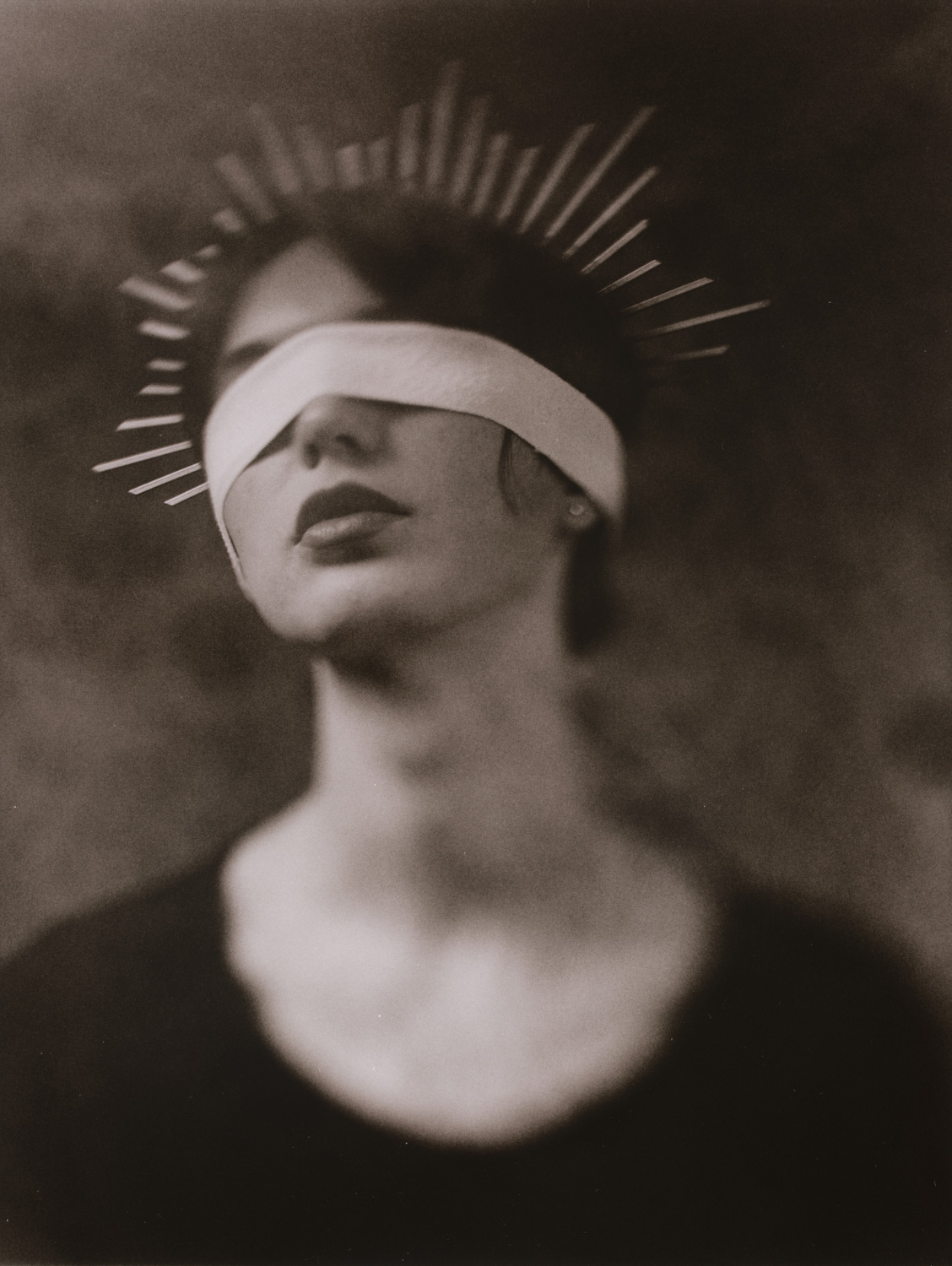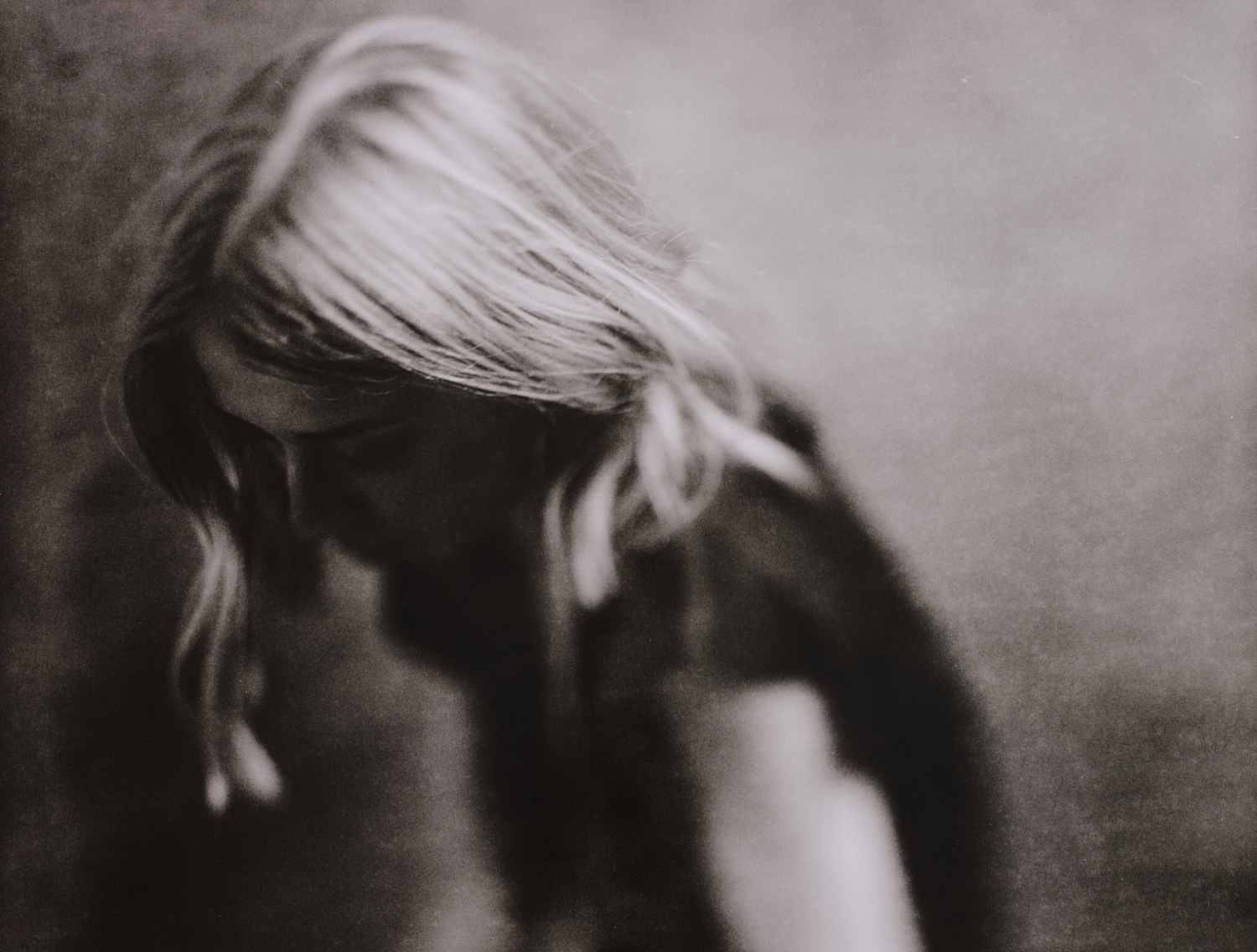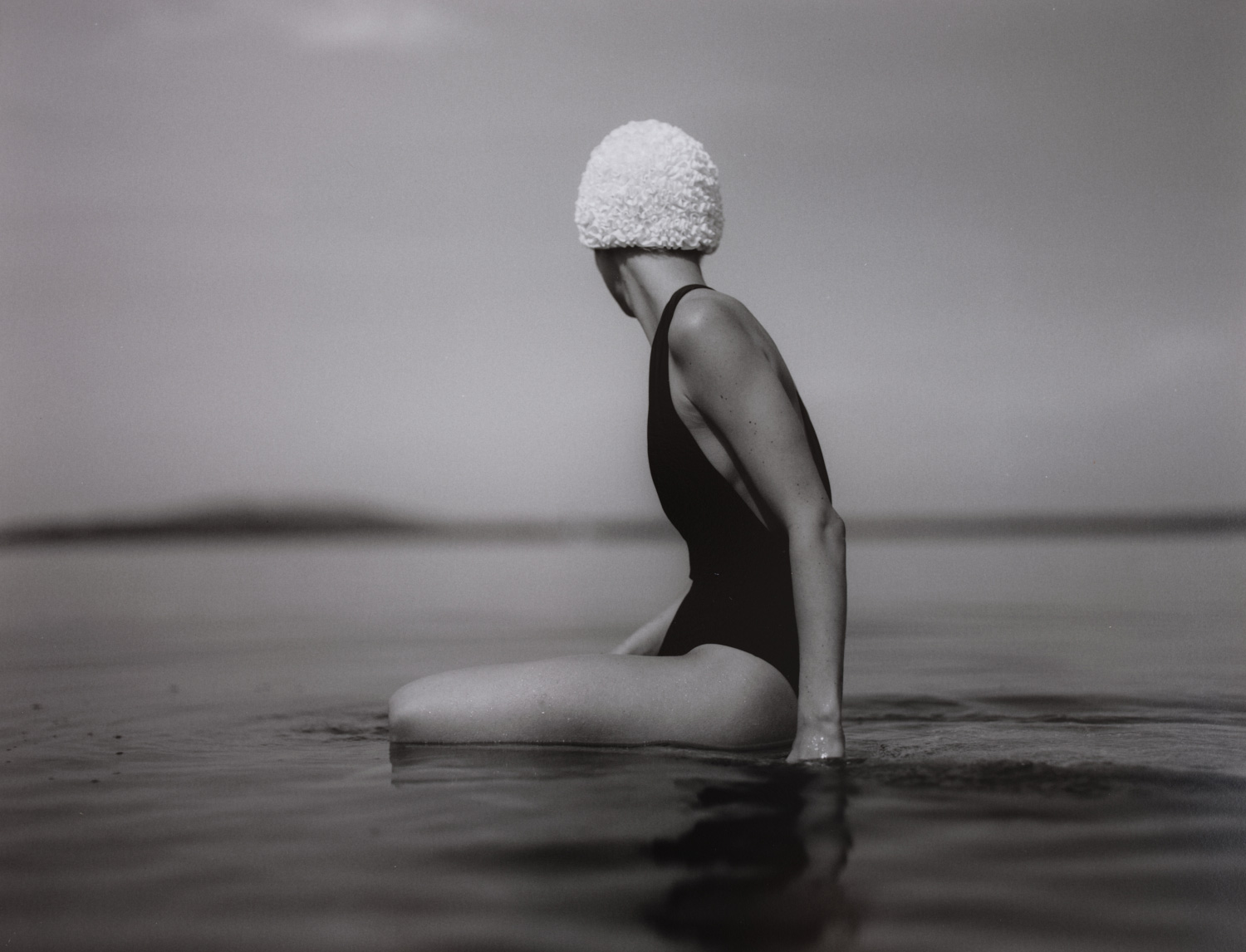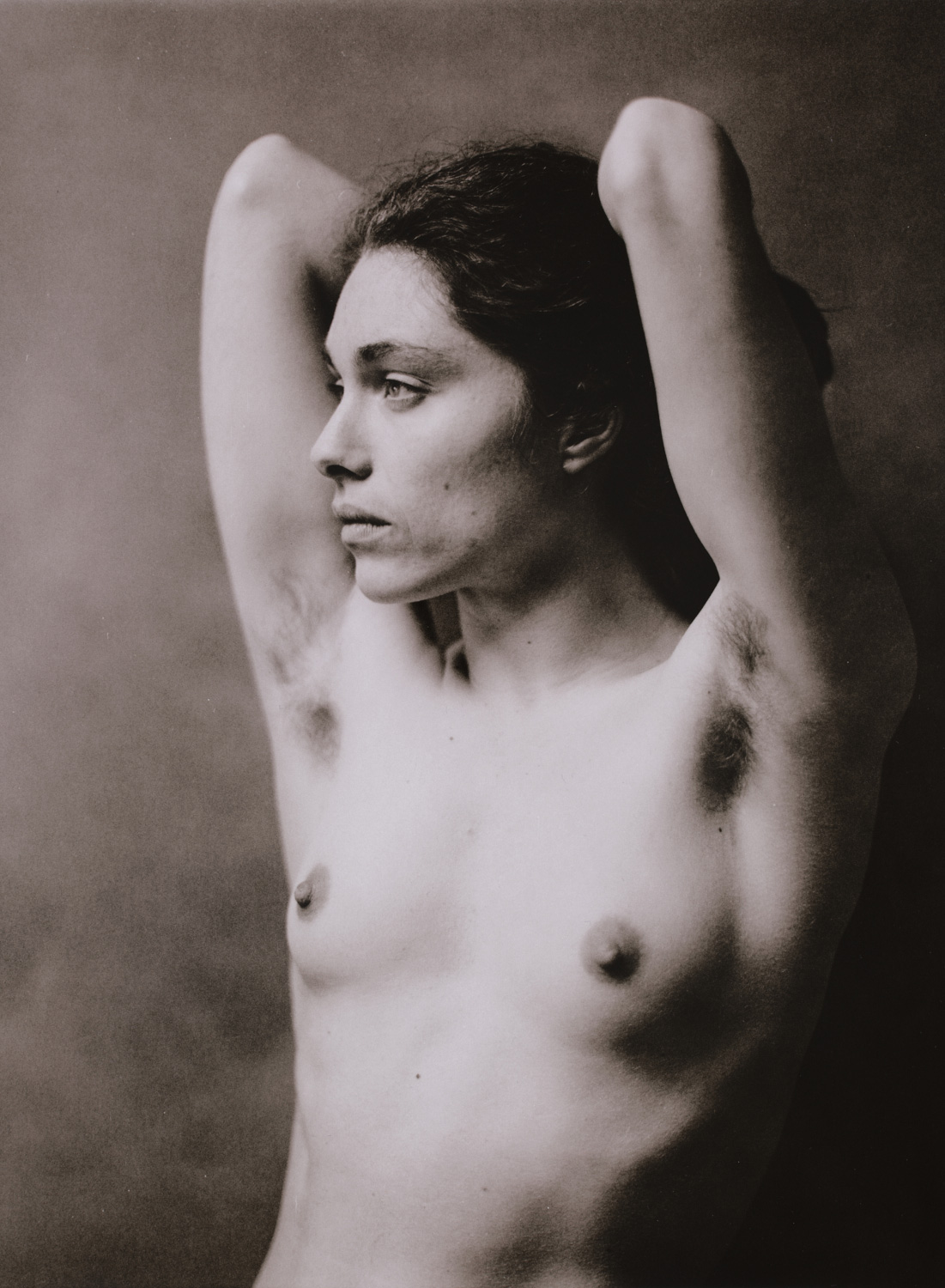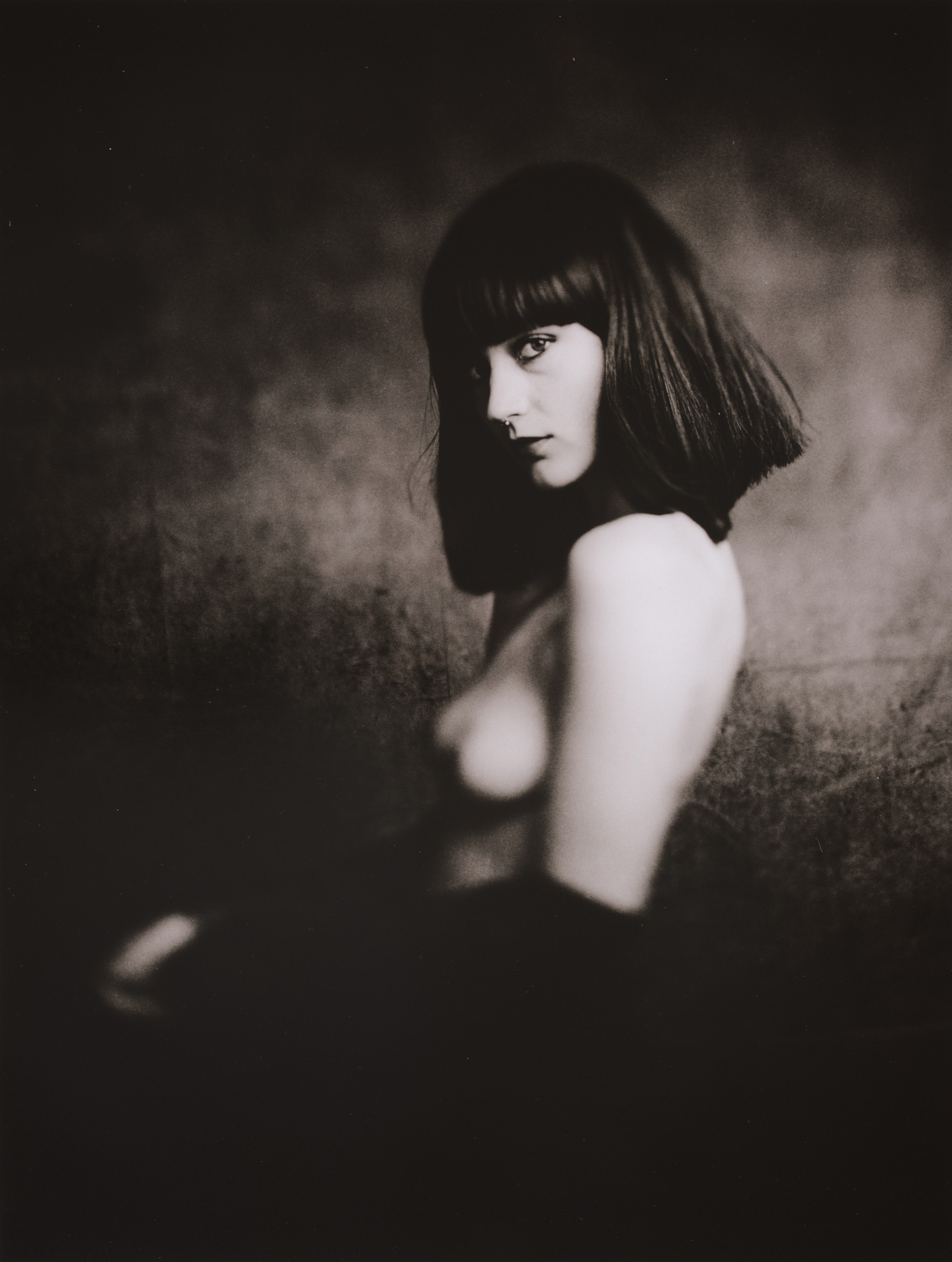
In conversation with
Axel Schneegass
Leipzig, Germany
Hi Axel, please introduce yourself.
I live in the middle of Germany, in Leipzig – a young, dynamic and lively city. About 15 years ago, with the birth of my daughter, I bought an SLR camera. At that time still digital. And with this camera I also rediscovered my love for photography. Photography has accompanied me since I was a child. My father was an enthusiastic photographer and I grew up with extensive slide evenings. Already as a child I owned my first 35mm film camera. Digital photography promised to make many things easier, faster and more impressive. But I increasingly had trouble identifying with the results or deriving joy from the process of photography. Since 2017, I have been photographing exclusively analog and have set up a darkroom together with my wife. Since then, we no longer scan negatives, but make contact prints and expose our images classically.
What does analog photography mean to you? What excites / fascinates you about it?
Analog photography is a process approach for me to slow myself down and trust my feeling. This has changed my attitude towards photography, the space I give to the people in front of my camera and my feelings. And that is what has changed my work. I feel my photography since then is more soulful, expressive and touching. For me personally, the appreciation towards my own work has also increased significantly.
In your opinion, what are the advantages and disadvantages of analogue photography?
I did not make my decision to shoot analog for technical reasons. That’s why I’m deliberately leaving these arguments out of the equation here as well. From a process point of view, the advantages and disadvantages are close together. Analog photography is slower, more time-consuming, you have to plan more consciously and it takes much more time to get the finished result. What sounds and sometimes feels like a disadvantage, however, is the actual advantage. For one thing, effort and awareness immensely increase one’s connection to one’s own work, and I’m convinced that the process produces other results as well. But I’m only talking about my artistic kind of photography – as a sports photographer, I’d have a hard time.
Do you concentrate on a certain topic in your work?
I photograph people, I myself would say I am a pure portrait photographer. Nude is for me the purest form of portrait.
Are there (analogue) photographers who have influenced your aesthetic and approach?
Absolutely. I love the work of Man Ray and Lee Miller in their time together, and I like the pictorial aesthetic of a George Hoyningen-Huene or Horst P. Horst. I’m fascinated by Anton Corbijn’s or Annie Leibovitz’s gift for approaching extraordinary characters in an almost intimate way. With Lee Miller or Robert Capa, I admire the relentless empathy and passion for documentation to the point of self-sacrifice.
Do you have certain cameras and films that you prefer to work with?
For artistic work I prefer my two Pentax67. I love the king size with about 6x7cm negative area per image. The cloth focal plane shutter allows the lens to be removed while shooting, also called freelensing. For classic pictures I like the look of the Kodak Tri-X 400, if I already intend to expose the finished picture as a lith-print when taking the motif, the Ilford HP5+ is my first choice.
Speaking of films: What does your workflow look like?
I have fully embraced the analog process. I develop my films myself, whether by hand or for c41 (color negative) or e6 (color positive) with the help of my own jobs porozessor. In the first step, I make exposed contact sheets from the negatives. On these I make an initial image selection and note down first ideas for cropping and development. The finished image is produced as an exposed darkroom print. Only then do I digitize the result, e.g. to share it on my own website or other platforms. Digital post-processing of the photographed print only serves to ensure that the digital result is as close to the print as possible.
What advice would you have for other photographers who are reading this interview?
If you don’t need to make a living from photography, ask yourself why you take pictures. What exactly do you like about photography and what don’t you like about it. And then remove any sub-processes that make you uncomfortable or prevent you from achieving your own goal. New gear, for example, can be a great motivator on one hand, but on the other hand, it can distract you from changing in a much more important area. I sold all of my digital photography equipment as a result of my own answers and to this day I don’t regret it.
If you publish your work on Instagram: curse or blessing?
You have to see Instagram for what it is. And it is neither an art gallery nor a demonstration site for socially progressive ideas. Instagram is more like a shopping mall, where you can meet entertainingly, buy or sell goods, and get blasted with ads from all sides. I show who I am on Instagram and get in touch with people all over the world. But I prefer to present my pictures in exhibitions or my new book “Analogie”.
Which 3 photo books can you recommend / should you definitely own?
Magnum – “Contact Sheets”, Gregory Crewdson – “Beneath the Roses” and Diana Waeyaert – “come closer”
Thank you so much for your time!
Favorites
Pentax67, Pentax67ii, Minolta CLE
Ilford HP5+, Ilford FP4, Kodak TriX400, Fuji Pro400H, FP100c
Color & B/W
